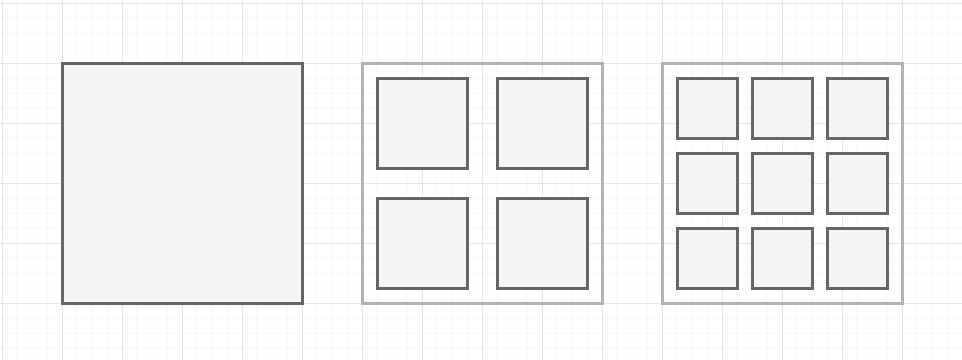I need to reduce solder paste deposition by about half, but I am wondering how large gaps between openings need to be
The goal is to approximate a 50% density halftone screen. Think of the little dots used to print grayscale with black ink on paper, except this is using solder paste on a PCB.
To a first approximation, the gaps need to be such that the opening area you leave is 50% of the pad area. This is basic geometry, then. The area of the gaps needs to add up to 50% of the pad area. Easy to calculate.
Then, there is a tradeoff between the number of openings and the accuracy of deposition: the smaller the openings, the larger the relative paste volume error. Solder paste printing is not an exact process, and each unit length of the boundary of the opening introduces a certain fixed excess/shortfall of paste.
The number of openings needs to strike a balance between the even adhesion of the chip to the PCB - facilitated by numerous paste "dots", vs. the limitations of the printing process.
Should I leave the solder paste opening the same size as the copper pad (default) and let our fabricators do their own reduction (as I've been told they sometimes do)?
Ask the fabricator! They must be explicit about whether they change anything on your submission or not.
- Should I create "windowed" solder paste openings and if so, what guidelines are recommended if the manufacturer does not provide them?
The guidelines should come from the board assembly house that handles stencil making and paste printing.
As long as you are sure about the need of 50% paste volume reduction needed, relative to the thermal pad area, then it's a simple matter of geometry to cover 50% of the pad's area with paste. The choice you have is reduced to just one: into how many openings should the paste be split into. You have not told us how large the thermal pad is. I usually keep the opening size above 50x50 mils for larger pads, and 30x30 mils for smaller pads. There's quite a bit of leeway here - a range of grid counts (columns/rows) will usually provide similar results. Ask the FAB house for details!

